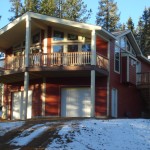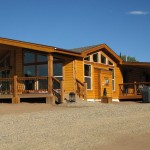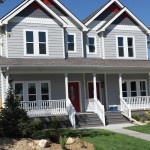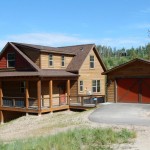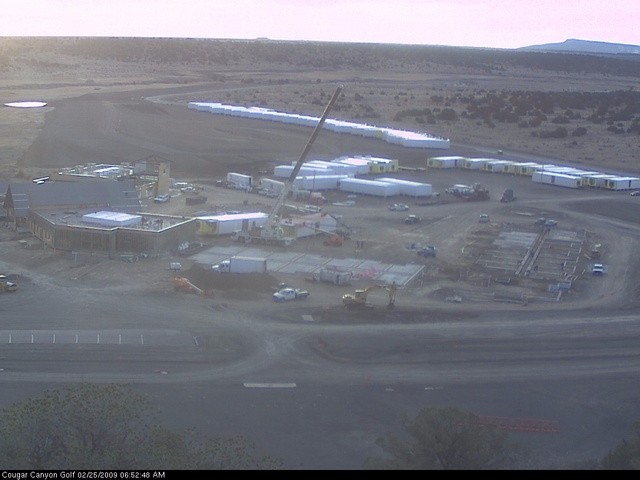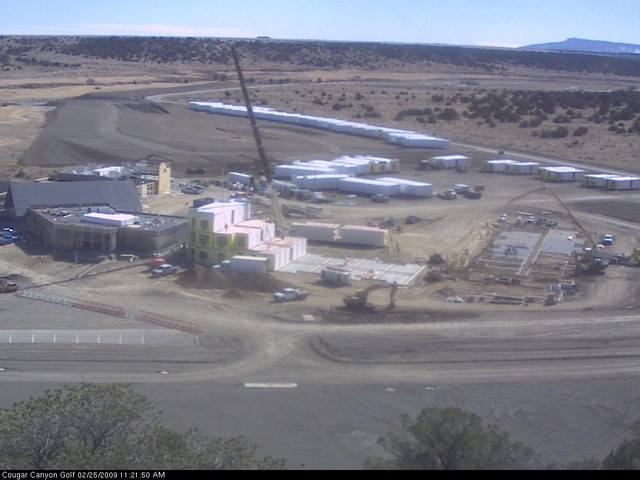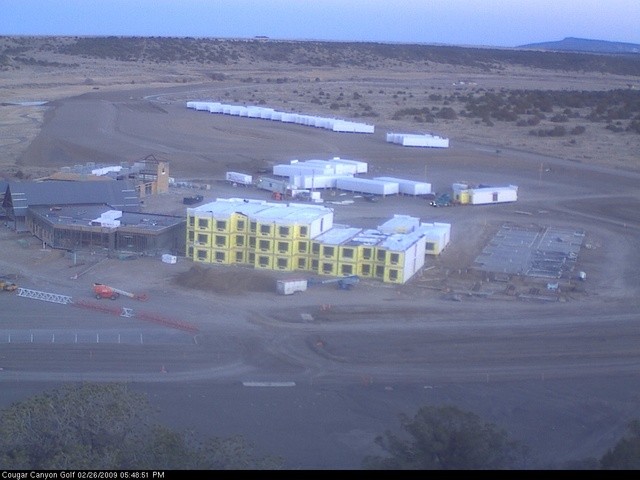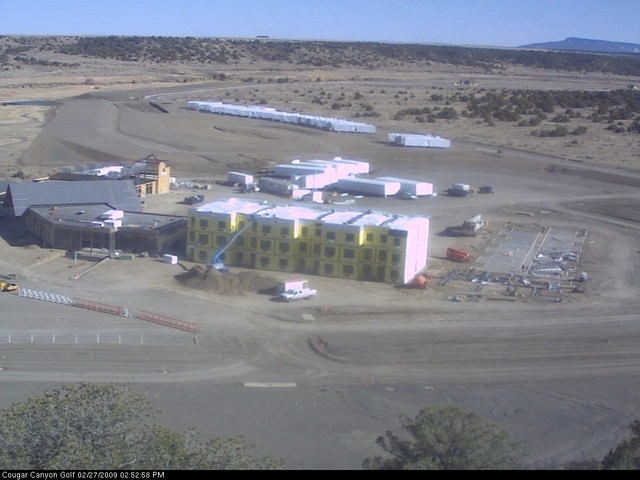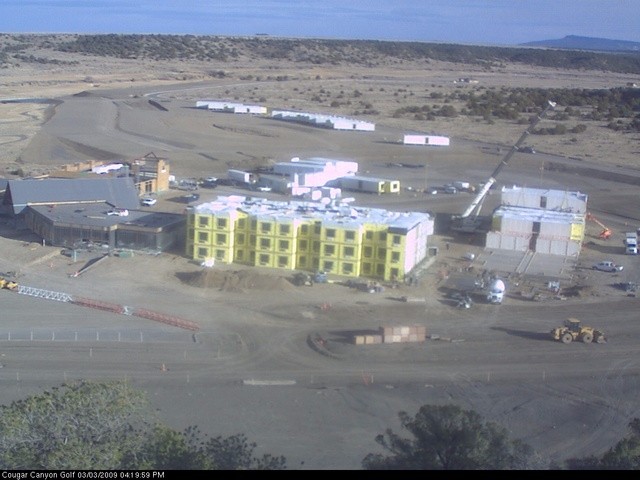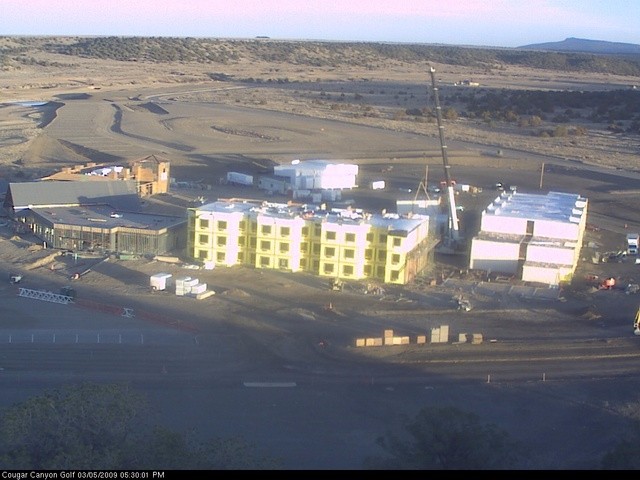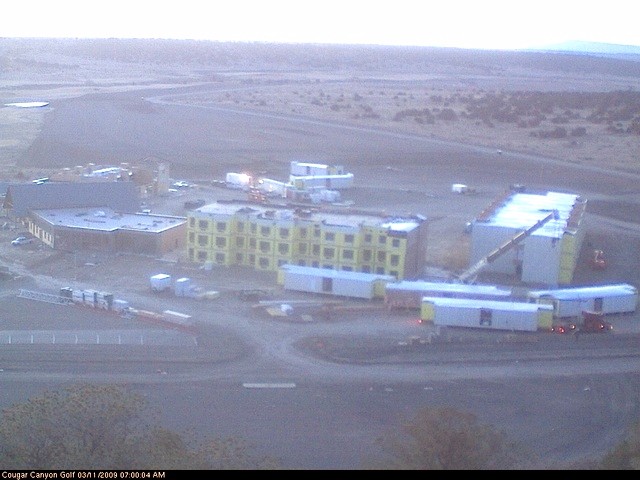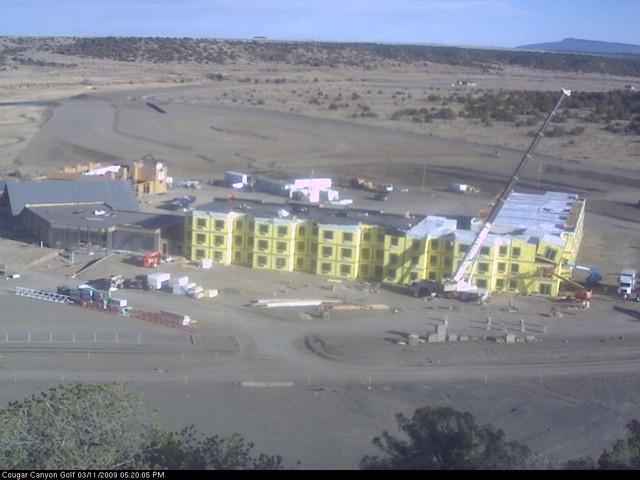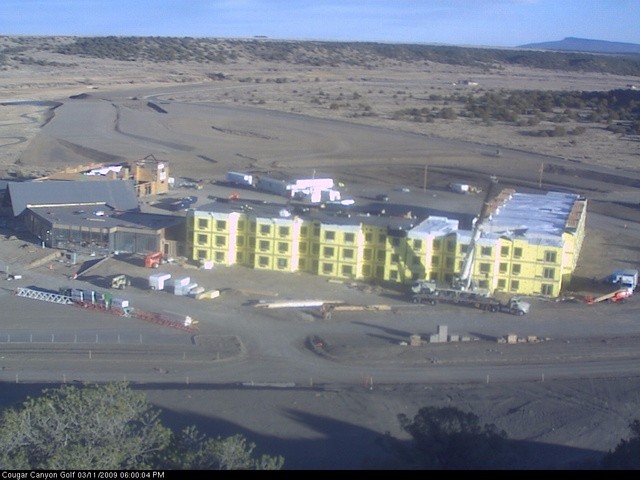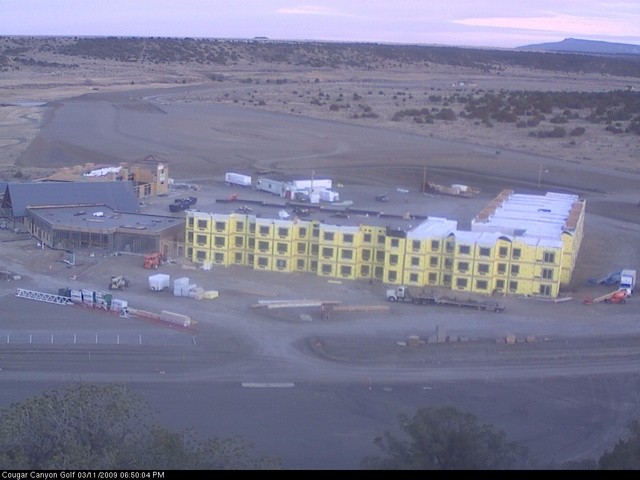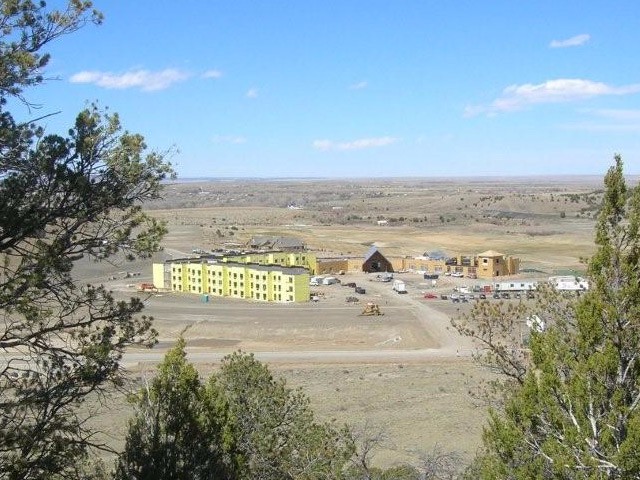What’s an IRC Modular Home?
A modular home is built in a controlled factory environment in sections. The home design is separated into sections, called modules, which are built inside a factory building and in sizes that can be transported on the road. The modules are then shipped and craned onto your foundation to complete the home.
There are many aspects that make a home a modular:
- It is built off- site in a quality controlled environment
- It is a process of breaking a home design in to sections, called modules
- It has better quality control quality control than site built homes
- It has a reduced construction time, sometimes less than half the time required to do normal site built homes
- It generally less costly than site built home
- It minimizes the typical cost over-runs you will see with site built homes
- It is no different than a site built home in terms of financing, resale and insurance, etc.
- It is built with approximately 30% more structure than any site built home, due to the fact that modular homes are built off-site and will require shipping.
- It is more energy efficient because the additional structure allows us to install more insulation in the home than typical site built homes
Choosing a modular home is choosing a process or technology that has your home built off-site and then is brought to your lot rather than the old fashion and more well known process of building the home on-site, commonly called “Site built”. In typical stick built construction, all materials are delivered to the job site and then construction crews arrive and assemble the materials on the foundation to create your home. “Off-Site” or modular construction follows the same procedure, only the materials are delivered to the factory and the crews assemble the materials inside the environmentally control factory building.
Modular Home or Off-Site built homes are built to the same building codes as any stick-built home. Currently, all off-site built or modular homes are built to the IRC (International Residential Code) building codes, which is the exact same code that any site built home has to be built to meet. The difference is that off-site or modular home are engineered and approved by the State of Colorado-Division of Housing following all IRC codes. Since all off-site built or modular homes are approved by the State of Colorado, the local city or county building department does not have to do their normal site-built home reviews and oversight, thereby, speeding up the permitting process for you.
The factories rely on professional installers called modular contractors. Liscott Custom Homes is a modular contractor and we help in home design, transport the units to the job site, crane the units onto your foundation and do the completion work at your job site.
What are manufactured houses?
Manufactured houses are factory-built, engineered, and constructed in accordance with the federal building code administered by the U.S. Department of Housing and Urban Development (HUD).
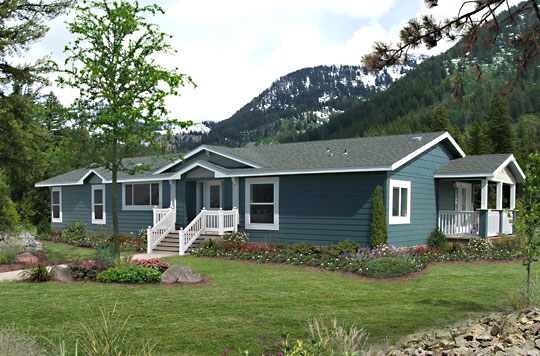
The HUD code was established in 1976. Prior to that time, manufactured homes were referred to as mobile homes. Manufactured houses may be single or multi-section and are available in various sizes and floor plan configurations, are constructed on a trailer frame (which must remain as part of the home at all times) and are assigned a serial number (much like a car VIN number). These types of houses (much like a car) will tend to depreciate over time and manufactured homes (HUD) require special financing. Manufactured or mobile homes, although very affordable and provide a needed housing solution, are not a recommended long term investment.
What are Park Model RVs?
Park Models are becoming a popular choice for seasonal homes, mountain retreats and recreational living. Whether you’re looking for a weekend escape to enjoy nature and recreation or a place to call home when you retire, park models offer both style and function in a modest space. This “Tiny Home” will make you feel “Right at Home” with full size appliances, built-in storage cabinets, covered porches and the many architectural features we offer.
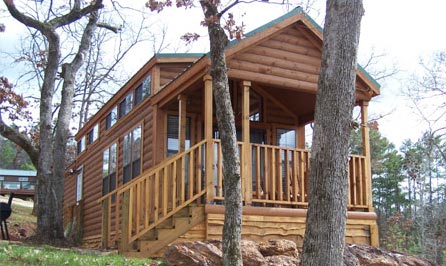
Park Models are built to the ANSI code (RV code) for recreational vehicles, not to the HUD or IRC building codes. Therefore, the can be no larger than 399 sq. ft. of living space and are considered an RV. Therefore, not all city or counties will allow Park Models (RVs) to be a permanent fixture to a piece of property, so be sure to check with your local building department regarding the rules and regulations for your area.
